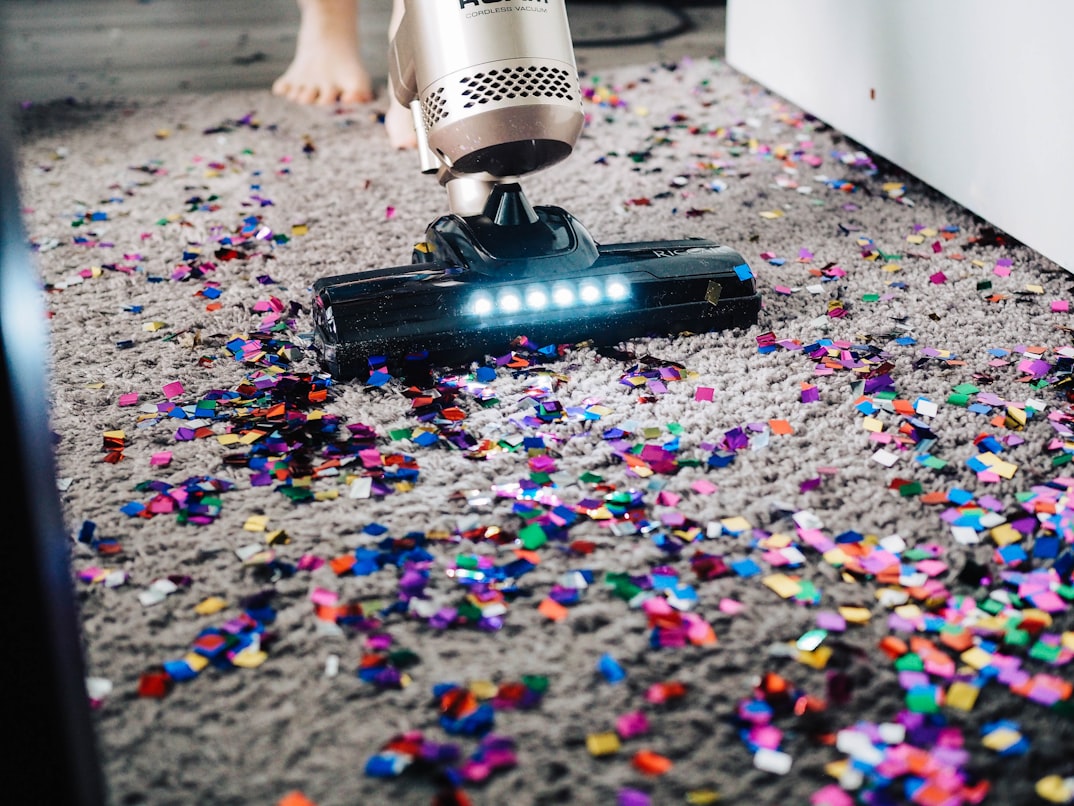A Smarter Way to Clean Your Kitchen and Dishes

Every type of home, whether it’s big or small, an apartment or a vacation home, gets messy. Clean the Kitchen doesn’t have to be done in just one way, but there are smarter ways to clean the cooking space. Along the way, we’ll discover some tips and tricks that will help you clean well and save time. Let’s start cleaning smartly and efficiently right away!
Cleaning the Kitchen
In the kitchen, if you wipe the surfaces, check the fridge regularly, and wash the dishes every day, it will help you avoid big and time-consuming messes in the future.
Washing Dishes
If you’re someone who doesn’t like washing dishes and lets them pile up in the sink, here’s a helpful trick to make it feel easier: For a few days, whenever you start washing dishes, set a timer and see how long it actually takes. Take note of how quickly you can finish the task. When you realize that it only takes a few minutes, it will be easier to convince yourself to wash the dishes right away instead of letting them pile up.
Efficiently Cleaning a Burned Pot
If you have a pot that is badly burned and you don’t want to scrub it hard, here’s a trick to clean it easily. First, sprinkle a lot of baking soda on the burned area. Then, pour boiling water into the pot until it’s about one-third to halfway full. Wait until the water cools down enough for you to touch it. Take a sponge and dip it in the baking soda solution, then use it to scrub off the burned parts. After that, pour out the solution and wash the pot with hot, soapy water.
The Universal Rule on Dishwasher
When it comes to using the Dishwasher there is a Big Debate on how to get things organized, well, we suggest that: there isn’t one right way to load a dishwasher (and imagine how boring it would be if there was!), but there is one rule that everyone can agree on: It’s much easier to load the dishes from the back to the front.
A Much Deeper Cleaning to Keep the Sink Clean
To make sure your sink stays nice and clean, use a cleaning spray to wipe away bacteria and bits of food. It’s especially important to clean the faucet regularly because we often touch it with our hands after handling raw chicken.
Sponges should also be cleaned regularly. You can either put them in the dishwasher or the microwave. If you choose to use the microwave, make sure the sponge doesn’t have any metal in it. Wet the sponge, then microwave it for two minutes. Always watch out when taking it out because it might be hot.
If your sponge holder has mold or bacteria on it, you can use a toothbrush with bleach or white vinegar to scrub it clean. But remember, never use bleach and vinegar together because it can be dangerous. After scrubbing, wash the sponge holder with hot, soapy water or put it in the dishwasher.
Leave the Surfaces Shaning
To keep your kitchen surfaces clean, use an all-purpose cleaner to wipe your counter and stovetops after you use them. It’s especially important to do this for stovetops because if you leave splatters, drips, and grease for too long, they can become really hard to clean.
Here’s how to clean a stovetop: Sometimes you need something tough to get rid of baked-on splatters and greasy film. You can use a special sponge called a Dobie Pad, which won’t scratch the surface. Combine the Dobie Pad with a gentle powder cleanser, and it will quickly clean up stubborn messes. When cleaning a stainless steel stovetop, scrub in the same direction as the grain (lines) to avoid scratching it. Use a gentle touch and let the cleaning product do most of the work, instead of using too much force.
To clean small appliances like toasters, coffeemakers, and blenders that sit on your countertops, wipe them frequently with an all-purpose cleaner to prevent splatters and greasy film from building up. If you want to clean them more thoroughly, take off any removable parts and wash them by hand or put them in the dishwasher. For the exterior, use the all-purpose cleaner and tools like cotton swabs or an old toothbrush to clean tight corners and hard-to-reach spots.
The Refrigerator
A simple way to keep track of your refrigerator is to add a task to your trash day routine:
When you’re throwing out the garbage, open the fridge and check its contents. Are there any leftovers that have gone bad? Throw them away. Has any fruit or vegetables turned into liquid in the crisper drawer? Get rid of them. Are the last few eggs in the carton about to expire? Remember to make omelets for dinner and feel good about not wasting food.
How to Clean Spills in the Refrigerator: If sticky spills happen in the fridge or pantry, you can clean them easily. Take a sponge or rag and soak it in hot water (be careful, it’s hot!) and squeeze out the excess water. Then, press the sponge onto the sticky spot and hold it there until it starts to cool down. If the spill has loosened, wipe it away. If it’s still stuck, repeat the process until it comes off easily, and then wipe it clean.
Read the Original Article on Nytimes
Read more: Instant Water Cleaning Technique ‘Countless Times’ Much Better than Business Technique.










